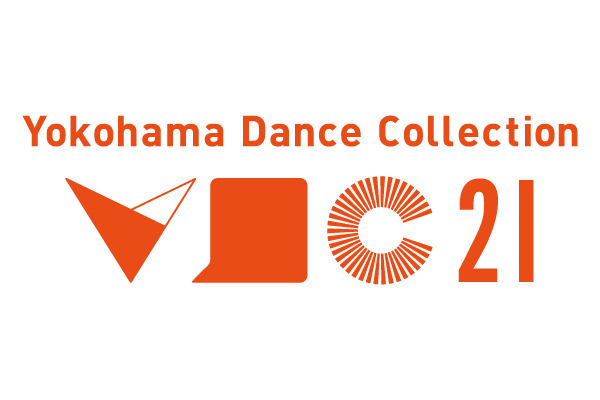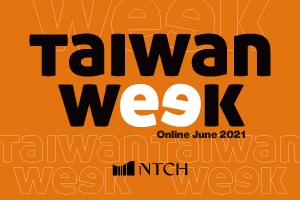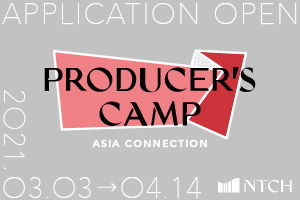
何だかすべて忘れられないねWe Kinda Can’t Forget It All
山下残Zan Yamashita
-
1.24 Sun - 2.14 Sun
上演時間約 30〜40分
1.24 Sun - 2.14 Sun
Run TimeApprox. 30-40 min
- 日本語・英語English and Japanese
山下残は、『せきをしてもひとり』(2005)以来、TPAMの主催公演プログラムに最も多く出演したアーティストであり、TPAMディレクション(2011〜)では4人のゲストディレクター(小倉由佳子、大平勝弘、横堀ふみ、ジューン・タン)に取り上げられています。TPAM参加7作品のうち3作品は東南アジアのアーティスト(ピチェ・クランチェン、ファーミ・ファジール)やプロデューサー(ヘリー・ミナルティ)との協働によるものです。また、TPAMとは別の文脈で東欧、中東、日本各地でも独創的なプロジェクトが実現されています。
『何だかすべて忘れられないね』は、1995年の第1回目のTPAMにブース出展した当時から2020年の現在まで山下が展開した活動、出会った人々、見たもの、晒された視線、経験した変化について、事実のみを語る虚偽のインタビュー。パフォーマンスとしてTPAM2021のウェブサイトで「上演」され、会期終了と同時に消滅します。
Zan Yamashita is the artist who has appeared the most in the official performance programs of TPAM since It’s just me, coughing in 2005. He has been chosen by four guest directors (Yukako Ogura, Katsuhiro Ohira, Fumi Yokobori and June Tan) for TPAM Direction since 2011, and three among his seven works presented at TPAM were created through collaboration with artists (Pichet Klunchun and Fahmi Fadzil) and a producer (Helly Minarti) from Southeast Asia. He has also developed unconventional projects in Eastern Europe, Middle East and non-metropolitan areas in Japan.
We Kinda Can’t Forget It All is a forged interview where he tells only the facts about his projects, people he has met, things he has seen, gazes he has been exposed to and changes he has gone through since 1995, when he participated in a booth exhibition at the first edition of TPAM. It will be presented as a performance on the TPAM2021 website and vanish at the end of the event.
山下残Zan Yamashita
1970 年大阪府生まれ。振付家。代表作に、100ページの本を配り観客がページをめくりながら本と舞台を交互に見る『そこに書いてある』、スクリーンに映写される〈すう・はく〉の呼吸の記号と俳句から引用されたテキストを身体とリンクさせる『せきをしてもひとり』、揺れる舞台装置の上で踊る『船乗りたち』、本物の線路の上で断片から成る世界の事象をつぶやく『大行進』、打ち捨てられたゴミを用いて繰り広げるコミュニケーションのネットワーク『庭みたいなもの』、オンラインを通じてバリダンスを習う『悪霊への道』、伝承の現場を疑似ドキュメントする『左京区民族舞踊』、身振りや台詞の全てに対面する相手からの承諾を得なければ実行できない『インビテーション』などがある。
Born in Osaka in 1970. Choreographer. Amongst his works are It is written there that asks audience to turn the pages of a 100-page book and watch the stage in turn, It’s just me, coughing in which «inhale / exhale» signs and cited haikus on a screen correspond with a body, The Sailors in which dancers are on a swaying stage, A Grand March muttering about fragments of what happens in the world on a real railroad track, It is something like a garden that creates a network of communication using dumped trash, Road to Evil Spirit for learning Balinese dance online, Sakyo-ku district’s folk dances as a pseudo-documentation of a moment when tradition is handed down, and Invitation in which no gesture or utterance can be made without permission of another performer.
Photo by Masahiro Hasunuma (courtesy of Assembridge NAGOYA Executive Committee)



